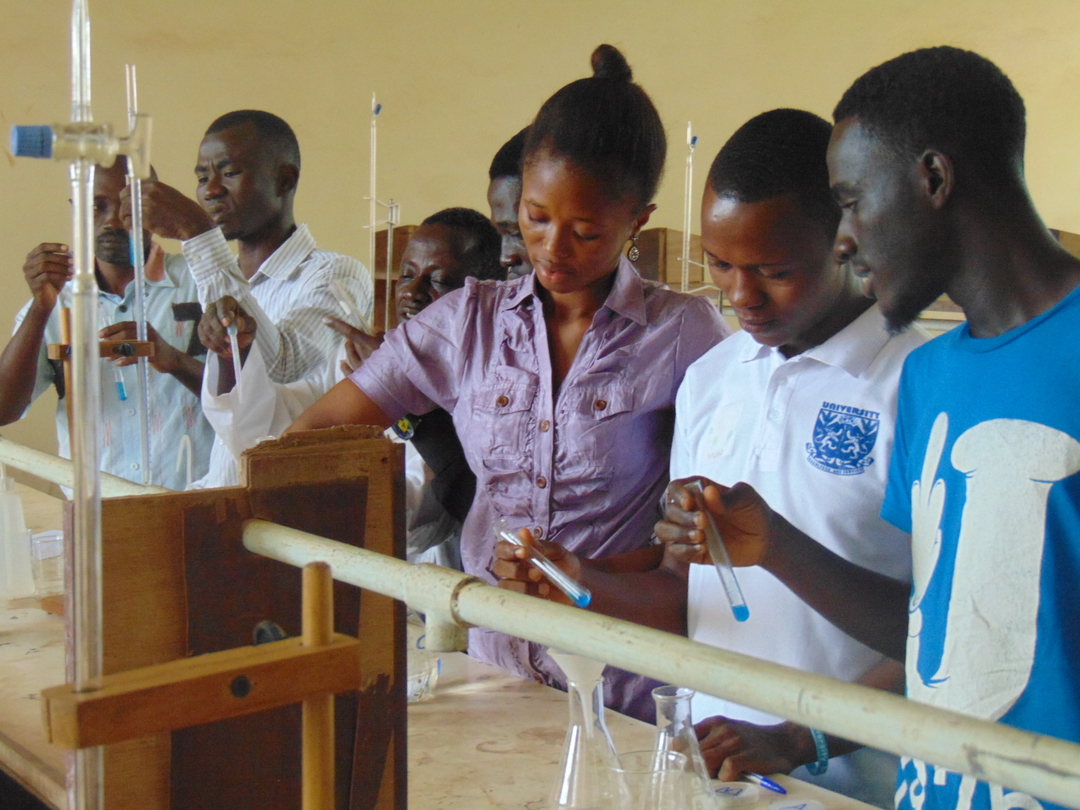Abstract/Summary
Title: Climate Change Impact Chain Factors in ECOWAS
Authors: Edward R. Rhodes1 and Calvin Atewamba2
DOWNLOAD
Abstract/Summary
Appropriate responses to climate change in the agriculture sector are dependent on knowledge of the status and trends of the factors of the climate change impact chain in the sector. The objective of the study was to broadly assess key human, environmental, and biophysical factors in the Economic Community of West African States (ECOWAS), mainly within the decade following the launching of the Comprehensive Africa Agricultural Development Programme (CAADP). This was done through a review of literature and analysis of data mainly from World Bank and FAO sources. The status of and changes in these factors were generally unsatisfactory. Population growth rate was high. Average daily maximum temperatures were projected to rise by up to 3.50C by 2050. Up to 35% of the lands were estimated to be severely to very severely degraded. Total Internal Renewable Water resources per capita were below international requirements in many countries of ECOWAS. Total Renewable Water resources per capita were more abundant but decreased over years. The substantial arable land and renewable water resources and carbon stored in soil (23.5 Gt) and forest biomass (6.3 Gt) are attributes of ECOWAS. Agricultural production was higher in the Gulf of Guinea Zone compared to the Sudano-Sahelian Zone but yields of rice, maize and yam were higher in the Sudano-Sahelian Zone. Food security status was unsatisfactory across ECOWAS although the production of rice, maize, cassava, yam, groundnut, cocoa, and palm oil (in most cases), and livestock, fisheries and aquaculture increased. The increase between 2003 and 2013 for aquaculture was dramatic (847%). Overall increases in the production of rice, maize, sorghum, cassava, yam and groundnut and cattle, sheep and goats were mainly due to increased crop area harvested (42%) and livestock numbers (44%). Policies should be revisited, institutions strengthened and financial investments made for ECOWAS to realize its potential to significantly contribute to food security and carbon storage.

